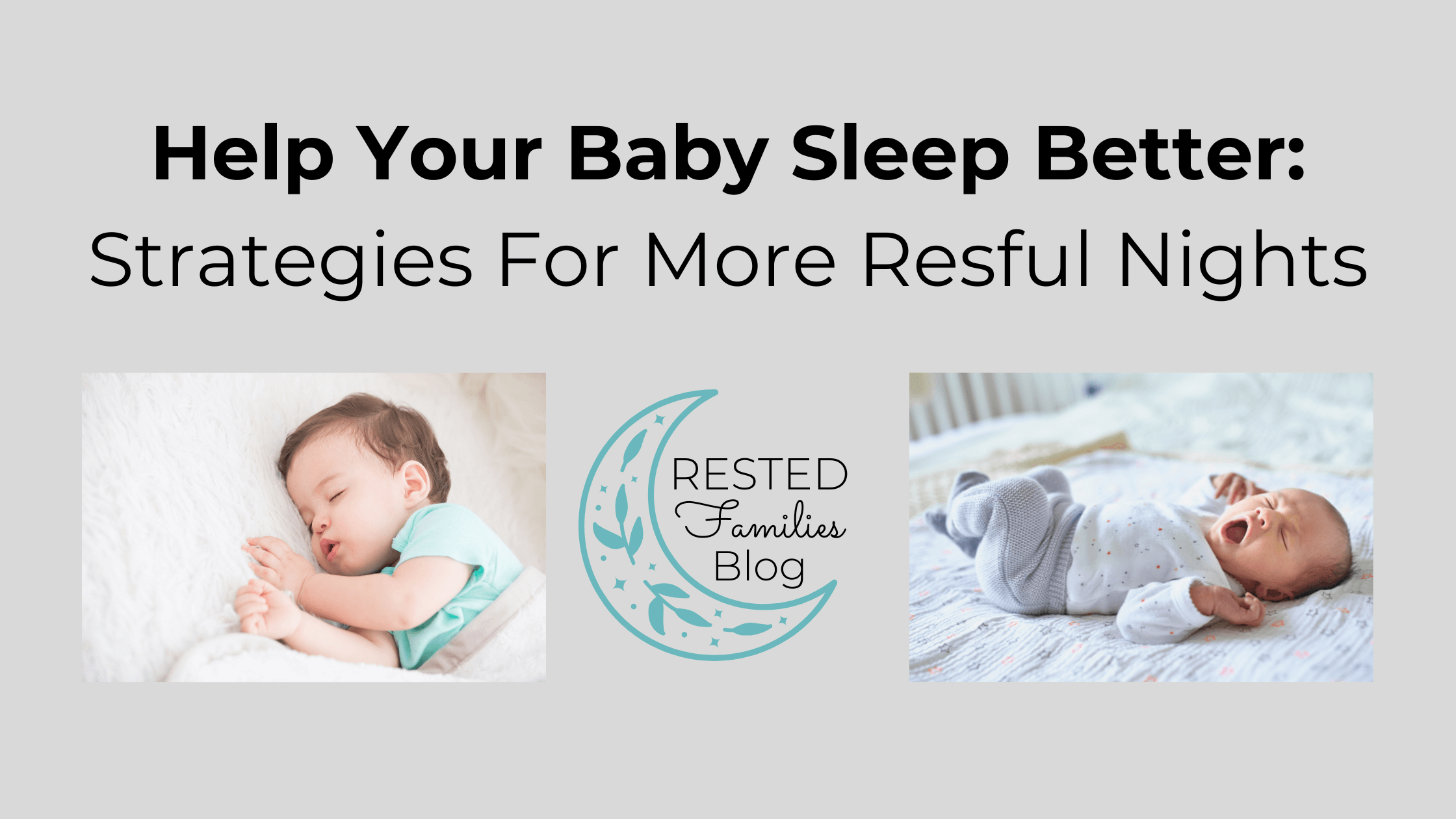
More Rest for the Whole Family — With Less Rocking and Fewer Wake-ups!
It’s natural to rock or feed newborns to sleep, but if those patterns continue, babies may begin to rely on that same help to fall back asleep after every sleep cycle. That means frequent wake-ups—and an exhausted household!
The good news? Falling asleep is a learned skill. With gentle, supportive strategies, your baby can learn to self-settle to sleep—leading to longer stretches of sleep and more restful nights for everyone.
In this article, we’ll explore:
✔️ Why sleep is essential for your baby (and you!)
✔️ Practical ways to reduce sleep associations and night wakings
✔️ Practical ways to reduce sleep associations and night wakings
✔️ How to support your baby with confidence and patience

Why Sleep Matters for Babies and Parents
Sleep isn’t just about preventing fussiness. Quality sleep supports your baby’s development in important ways:
✔️ Brain Growth – Babies process and store information while they sleep.
✔️ Emotional Regulation – Poor sleep leads to fussiness and frustration.
✔️ Physical Health – Growth hormone is released during deep sleep.
✔️ Immunity – Sleep strengthens the immune system.
✔️ Parent Well-Being – When baby sleeps better, so do you—the entire family benefits from more patience, connection, and joy!
✔️ Emotional Regulation – Poor sleep leads to fussiness and frustration.
✔️ Physical Health – Growth hormone is released during deep sleep.
✔️ Immunity – Sleep strengthens the immune system.
✔️ Parent Well-Being – When baby sleeps better, so do you—the entire family benefits from more patience, connection, and joy!
One of the most common reasons babies wake frequently at night is that they don’t know how to fall asleep on their own. If your baby always falls asleep while being rocked, nursed, or bounced at bedtime, they’ll likely need the same support to fall back asleep multiple times per night.
The solution? Helping your baby develop independent sleep skills—even if room sharing!
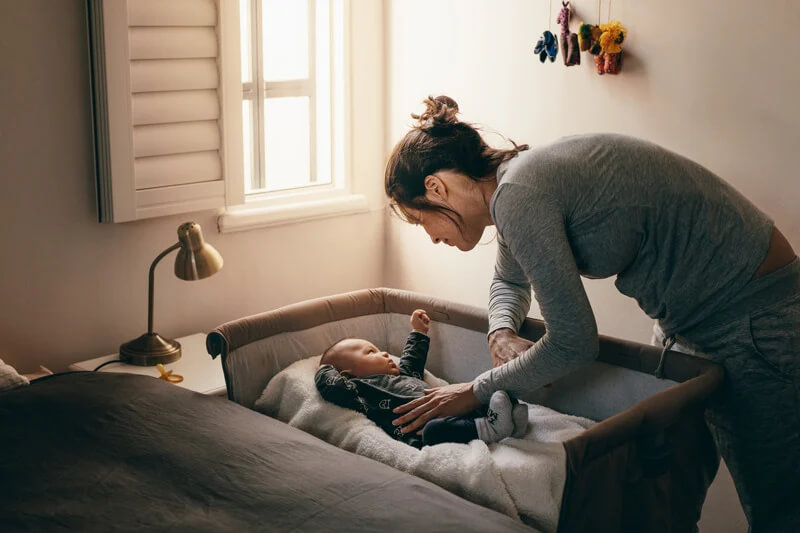
Four Strategies to Help Your Baby Self-Settle to Sleep
These methods are designed to reduce sleep associations gradually, while still supporting your baby through the transition.
1. The Eat-Play-Sleep Routine
This routine separates feeding from sleep, so babies don’t rely on bottles or nursing to doze off.
How it works:
• Eat: Feed baby upon waking throughout the day and encourage full feeds. This helps ensure your baby gets most of their calories during the day—reducing the need for night feeds once they're developmentally ready.
• Eat: Feed baby upon waking throughout the day and encourage full feeds. This helps ensure your baby gets most of their calories during the day—reducing the need for night feeds once they're developmentally ready.
• Play: Engage in simple play activities like tummy time, singing, or taking a walk outside. Stimulation during wake times will help your baby fall asleep easier, promote learning, and strengthen your connection—trusting, nurturing relationships build confident sleepers!
• Sleep: Lay baby down awake at the first signs of sleepiness (yawning, staring off, rubbing eyes).
Bonus Tip: When possible, give your baby chances to nap in their crib or bassinet during the day. Practicing in their night sleep space helps them get comfortable being flat and still—skills that translate to better nighttime rest. You don’t need to be perfect—just aim for one crib nap a day as a starting point.
Why it works: It removes the feed-to-sleep association and promotes a more consistent daily rhythm. This structure provides full daytime feeds, loving interactions, and the age-appropriate naps that will set your baby up for success at night.

2. The Soothing Ladder: Help Without Over-Helping
This approach helps you respond to your baby’s cues without jumping straight to picking up. It offers a step-by-step path so that you can support your baby while encouraging independent settling.
How it works:
Start with the least amount of intervention and increase only if needed:
Start with the least amount of intervention and increase only if needed:
- Pause & Observe – Give your baby a moment. Gentle sounds or squirming may mean they're working on self-soothing. Wait before intervening.
- Your Presence – Simply standing nearby can be reassuring. Babies often settle just by sensing you are close.
- Voice Soothing – Try shushing, humming, or using a soft, familiar phrase like “It’s sleepy time.” Keep your tone calm and steady.
- Gentle Touch – Place a hand on their chest or back. This offers grounding without too much stimulation. Light patting or gentle strokes can be added if needed.
- Jiggling in the Crib – Gently wiggle the mattress (if safe and appropriate). This mimics motion without removing the baby.
- Holding – Pick your baby up briefly to calm them but try to put them back down while still awake. Over time, reduce how long you hold them.
- Rocking or Bouncing – Use only if absolutely necessary. If you do, shorten the duration each time to reduce reliance.
Why it works: It helps your baby gradually build the confidence to self-settle, while allowing you to follow their lead and reduce your involvement. Babies learn through repetition and consistency, so staying steady with this approach is key.

3. The Just Sit Method: Wean Off Rocking or Motion
This method is ideal if your baby relies on movement to fall asleep. It helps baby transition to stillness with your support.
How it works:
• After your bedtime routine, hold your baby in a still position—no rocking, bouncing, or pacing.
• If they fuss, calmly shush or say a reassuring phrase. Avoid adding motion.
• Once relaxed, place them into the crib still awake.
• If they wake again, try comforting them cribside before picking them up.
• After your bedtime routine, hold your baby in a still position—no rocking, bouncing, or pacing.
• If they fuss, calmly shush or say a reassuring phrase. Avoid adding motion.
• Once relaxed, place them into the crib still awake.
• If they wake again, try comforting them cribside before picking them up.
Why it works: Babies who fall asleep while being held still (vs. in motion) adjust more easily to sleeping flat and still in the crib. This helps them stay asleep when they transition between sleep cycles.
Pro tip: This method often works best for babies under 6 months but can be adapted for older babies with patience and consistency.

4. The Shush/Pat Method: Build Confidence with In-Crib Support
This method offers calm presence while helping your baby build confidence falling asleep in their crib. It’s especially helpful for newborns and younger babies who resist being put down.
How it works:
• Lay baby down awake after a consistent bedtime routine.
• Sit nearby (a chair by the crib helps!) and offer soft shushing and rhythmic pats on the belly, back, or thigh.
• Once your baby calms, reduce your patting, then slowly fade out the shushing.
• If fussing restarts, repeat the process—but try to do a little less each time.
• Lay baby down awake after a consistent bedtime routine.
• Sit nearby (a chair by the crib helps!) and offer soft shushing and rhythmic pats on the belly, back, or thigh.
• Once your baby calms, reduce your patting, then slowly fade out the shushing.
• If fussing restarts, repeat the process—but try to do a little less each time.
Why it works: This method gently eases babies into falling asleep with less hands-on help. Over time, your presence can fade as your baby’s confidence increases. Some older babies may find this method overstimulating, so adjust your touch and voice to fit your baby’s age and temperament.

Final Thoughts: Sleep Takes Practice
Falling asleep is a skill—just like rolling over or walking. With your consistent support and encouragement, your baby will learn healthy, independent sleep habits.
Key Takeaways:
✔️ Follow an Eat-Play-Sleep routine to reduce feed-to-sleep reliance.
✔️ Follow an Eat-Play-Sleep routine to reduce feed-to-sleep reliance.
✔️ Stick to an age-appropriate schedule to prevent overtiredness.
✔️ Use the Soothing Ladder to support self-settling.
✔️ Try Just Sit to move away from motion-based sleep.
✔️ Use Shush/Pat to reduce your assistance and build confidence.
✔️ Independent sleep skills = fewer night wakings = better rest for all!
✔️ Use the Soothing Ladder to support self-settling.
✔️ Try Just Sit to move away from motion-based sleep.
✔️ Use Shush/Pat to reduce your assistance and build confidence.
✔️ Independent sleep skills = fewer night wakings = better rest for all!
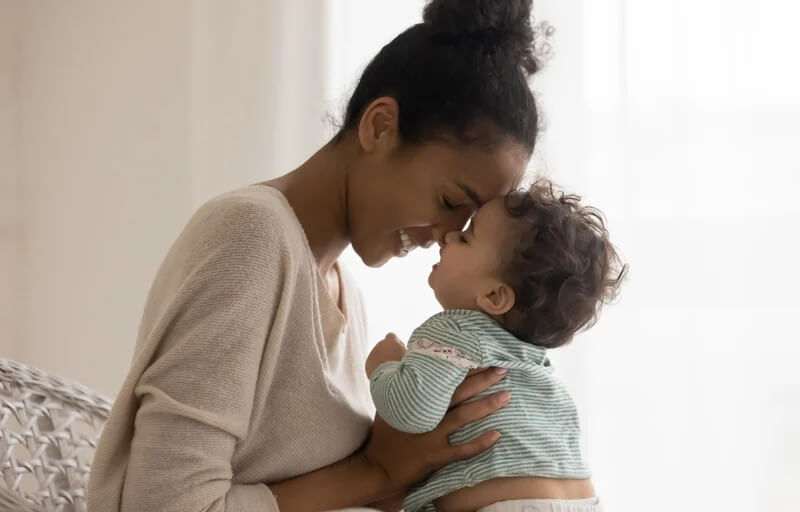
You Don’t Have to Do This Alone
Remember—progress takes time, and every small step counts. You’re doing amazing work, and your baby is lucky to have your support.
Want personalized support?
If you’re struggling to teach your baby to fall asleep on their own, I can guide you step-by-step. Together we can pull from my immense toolbox of sleep strategies and make modifications to fit your family’s needs. Book a free sleep consultation today!
If you’re struggling to teach your baby to fall asleep on their own, I can guide you step-by-step. Together we can pull from my immense toolbox of sleep strategies and make modifications to fit your family’s needs. Book a free sleep consultation today!
Expecting a baby?
Get a head start on healthy sleep habits from day one!
Add my Newborn Sleep Shaping Session to your registry via Be Her Village or check out my Sleep Support Options now!
Get a head start on healthy sleep habits from day one!
Add my Newborn Sleep Shaping Session to your registry via Be Her Village or check out my Sleep Support Options now!
Let’s work together to help you become a RESTED Family!
Author Bio: Kendall Hampton is a certified Pediatric Sleep Coach and Developmental Specialist with a B.S. in Human Development and Family Studies. She helps exhausted parents teach their children to fall asleep independently—without guilt or overwhelm. Through personalized plans and supportive coaching, she guides families toward more rest, connection, and confidence. Learn more at restedfamilies.com or follow her on Instagram and Facebook @RestedFamilies.
Would you like to be notified when new RESTED Families Blog Posts are released?
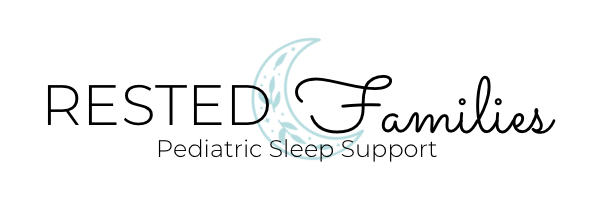
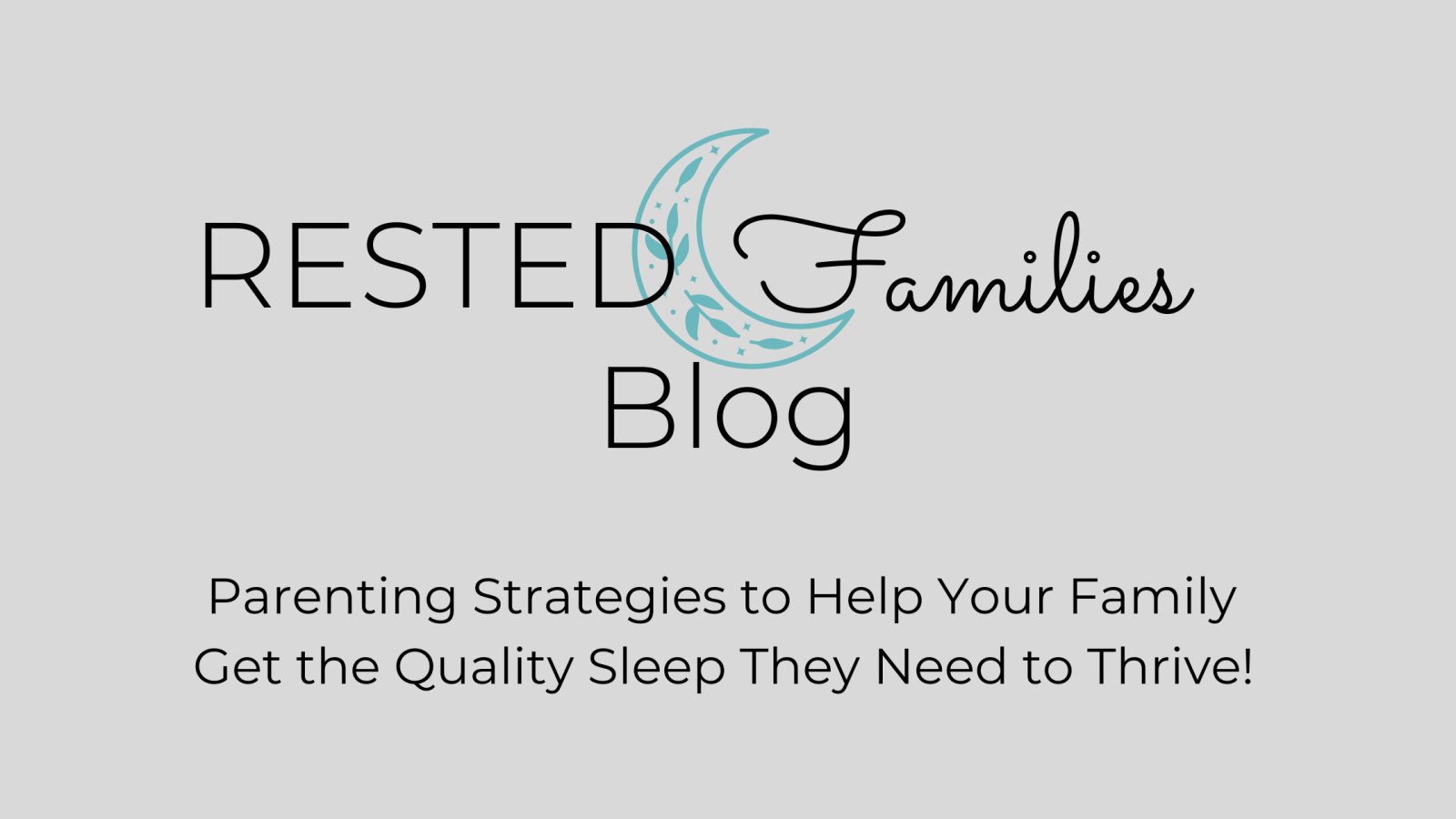
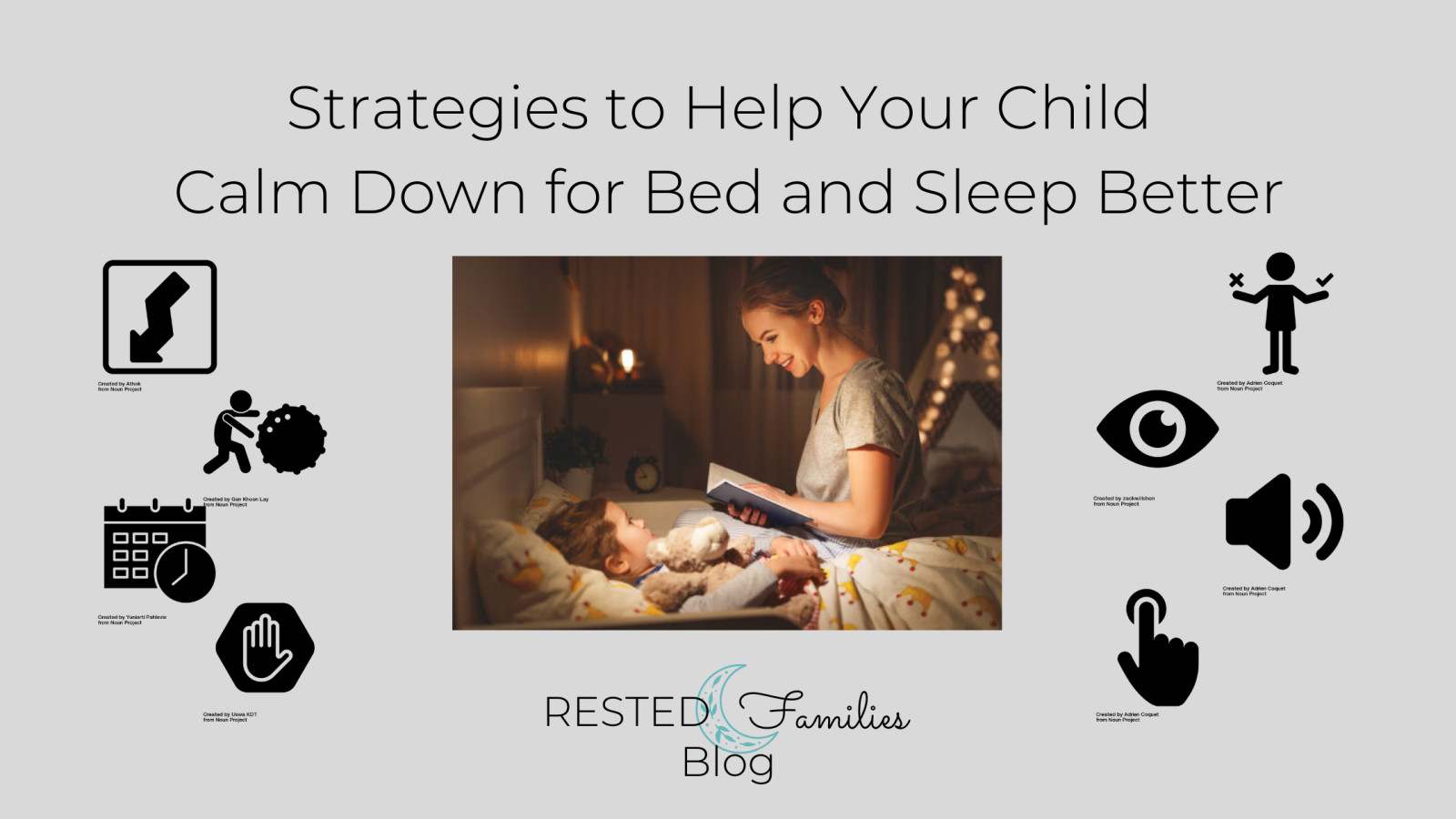
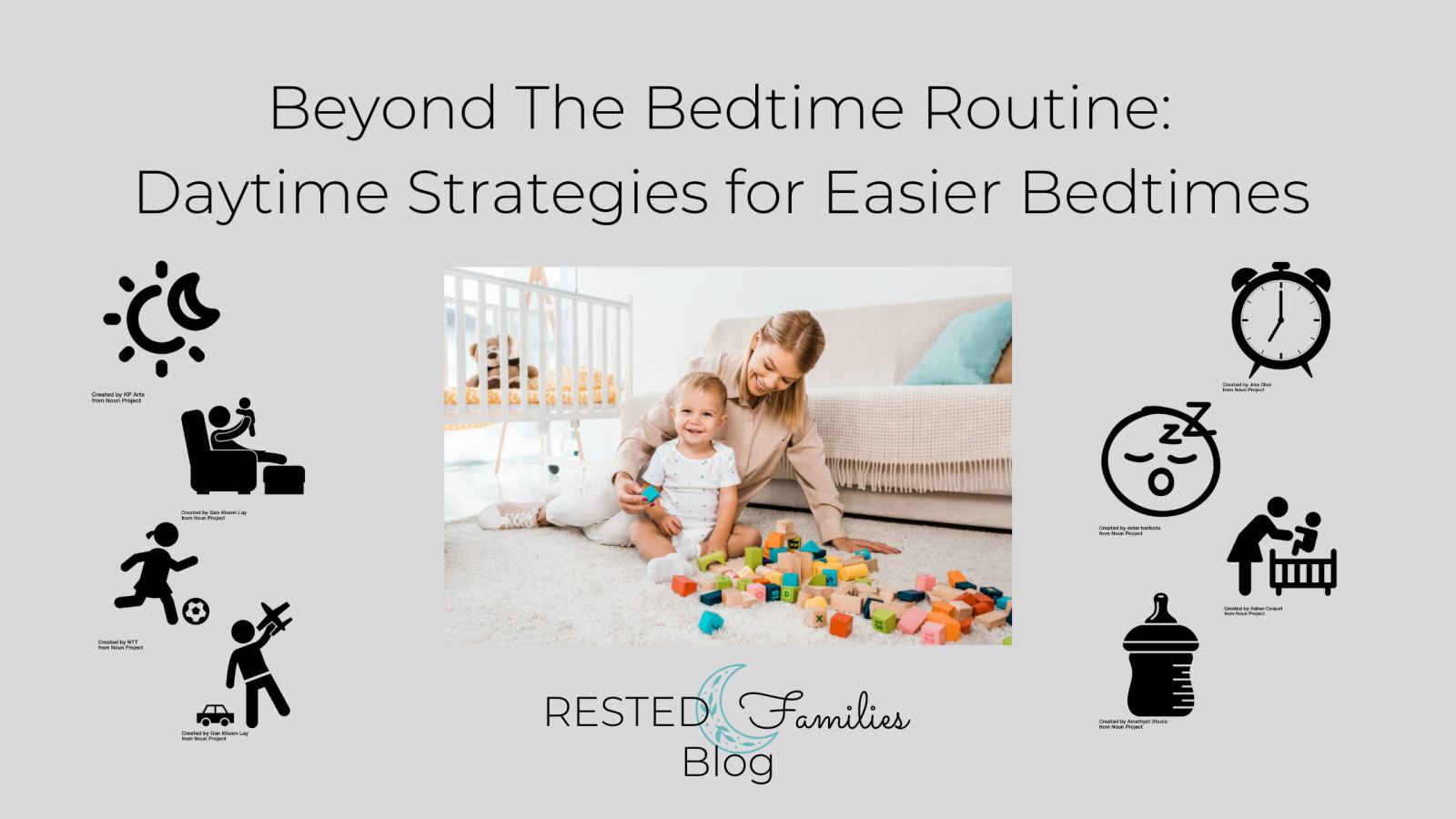
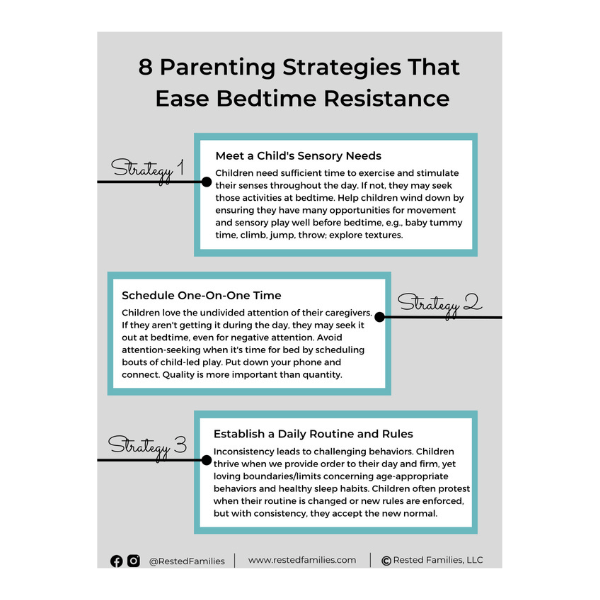





0 Comments